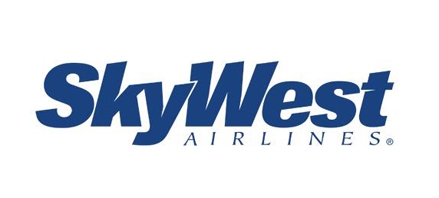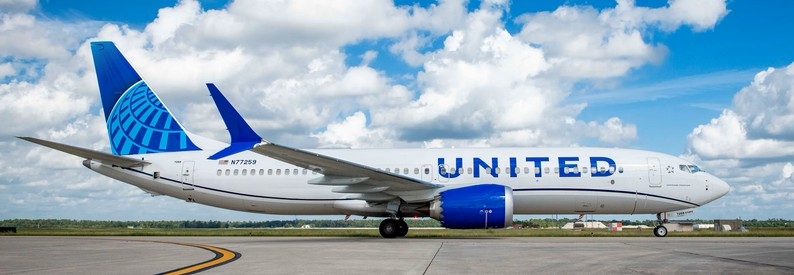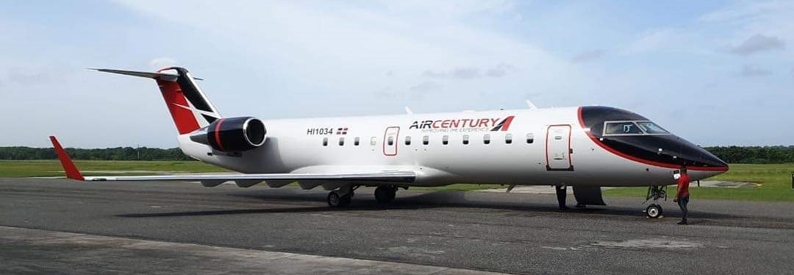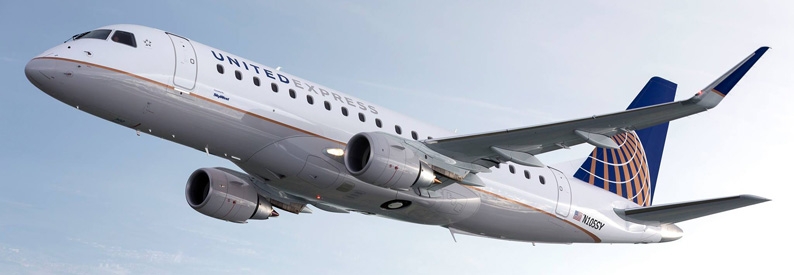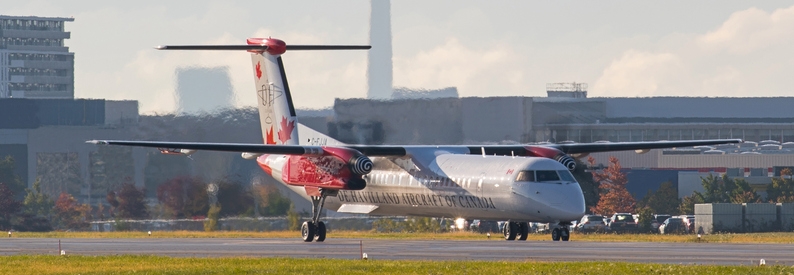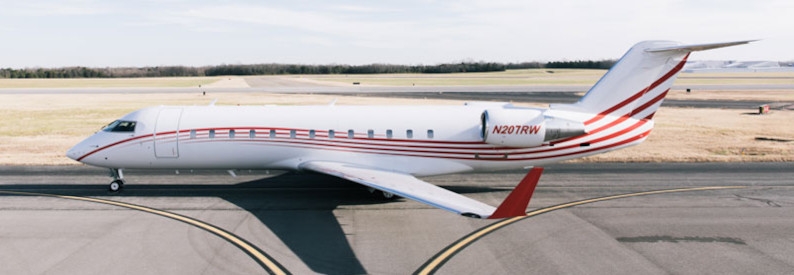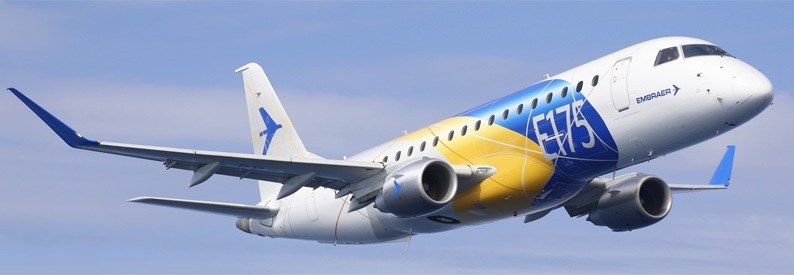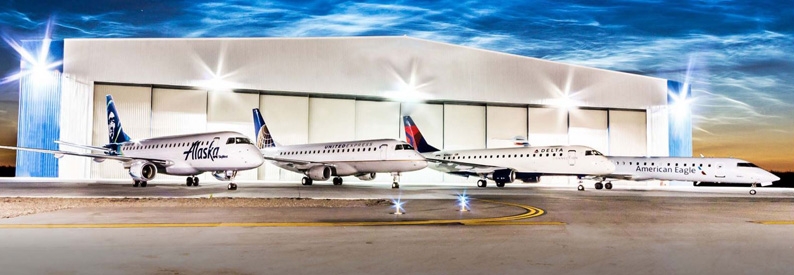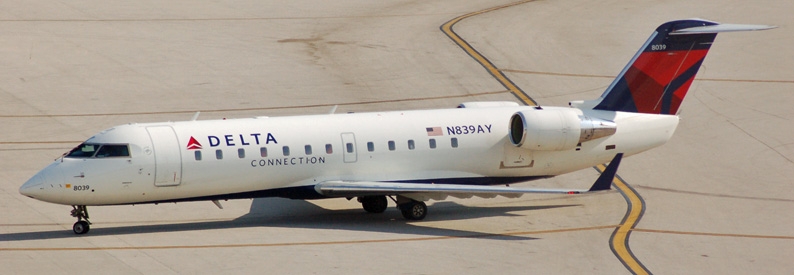The White House has unveiled plans to revamp the Essential Air Service (EAS) Program both in terms of eligibility criteria and overall funding which will be cut by almost 40% during FY2019.
The Essential Air Service (EAS) program guarantees regular commercial air service to smaller communities across the United States through the use of federal subsidies. For a community to qualify for the program, it is deemed eligible if:
- it is located more than 70 miles (112 kilometres) from the nearest large or medium hub airport;
- it requires a rate of subsidy per passenger of USD200 or less unless the community is more than 210 miles (338 kilometres) from the nearest hub airport;
- the average rate of subsidy per passenger was less than USD1,000 during the most recent fiscal year at the end of each EAS contract, regardless of the distance from a hub airport;
- it had an average of 10 or more enplanements per service day during the most recent fiscal year, unless it is more than 175 driving miles (281 kilometres) from the nearest medium or large hub airport or unless the DOT is satisfied that any decline below 10 enplanements is temporary.
Communities in Alaska and Hawaii are generally exempt from almost all EAS eligibility requirements except for one measure that requires that no EAS funds “shall be used to enter into a new contract with a community located less than 40 miles from the nearest small hub airport before the Secretary has negotiated with the community over a local cost share.” The DOT is, therefore, required to negotiate a local cost share with communities located less than 40 miles (64 kilometres) from a small-hub.
However, according to the proposed Fiscal Year 2019 Federal Budget, the Trump Administration argues that the EAS programme is now outdated and that its criteria need to be reshaped given that "many EAS flights are not full and have high per passenger subsidy costs". It also argues that "several EAS eligible communities are relatively close to major airports". As such, it intends to enact legislation modifying the definition of essential air service, to ensure that federal funds are more efficiently targeted at the communities most in need.
"These reforms aim to reduce support for service that results in high per passenger subsidies (often hundreds of dollars per passenger) and end subsidies to communities that are relatively close to other airports," the document said.
In tandem with the redefinition of EAS, funding to the program will be cut from the 2017 enacted level of USD150 million, to USD93 million in discretionary resources.
At present, the DOT currently subsidizes commuter and certificated air carriers to serve approximately 60 communities in Alaska and 115 communities in the lower 48 contiguous states that otherwise would not receive any scheduled air service.
